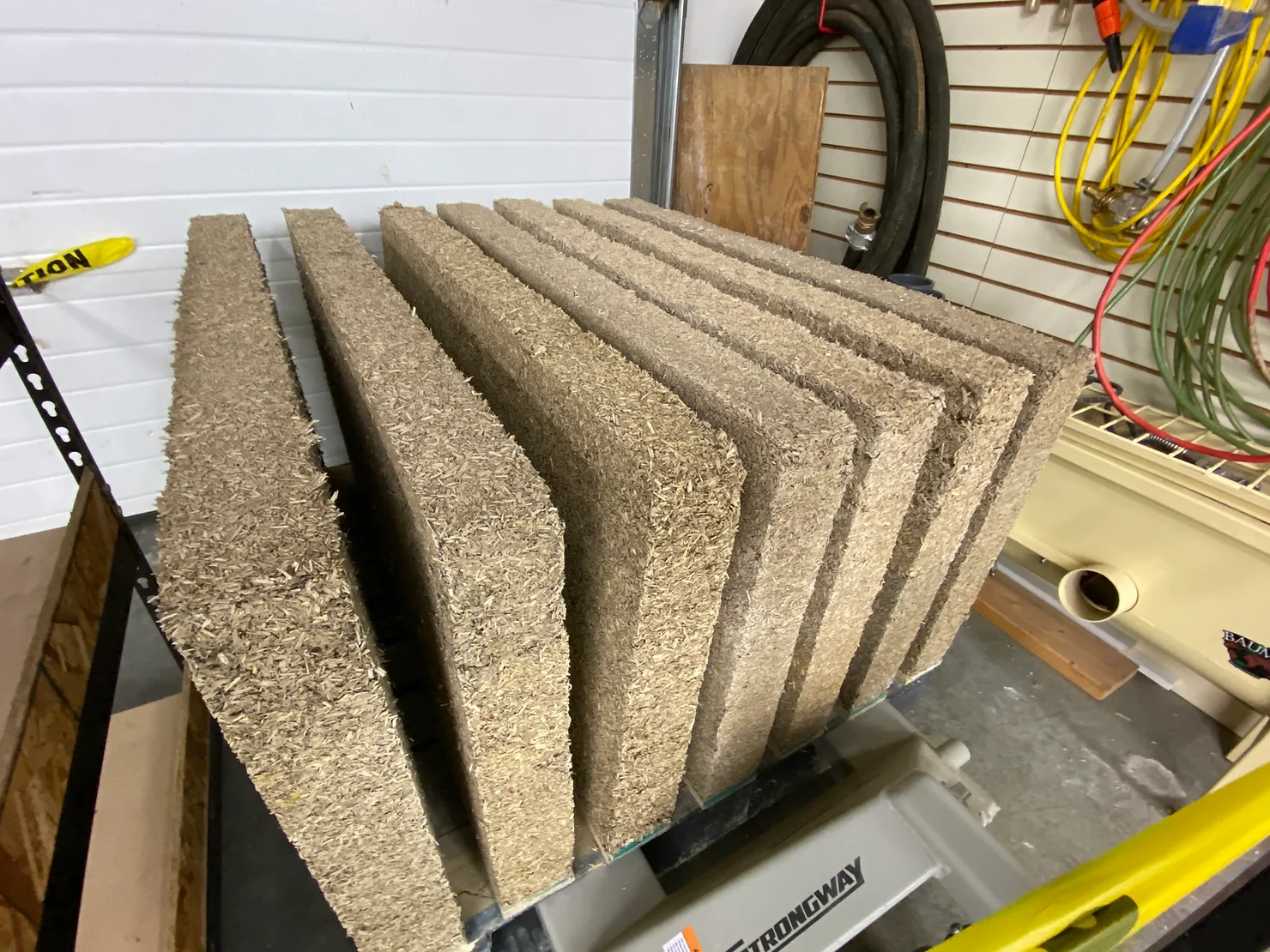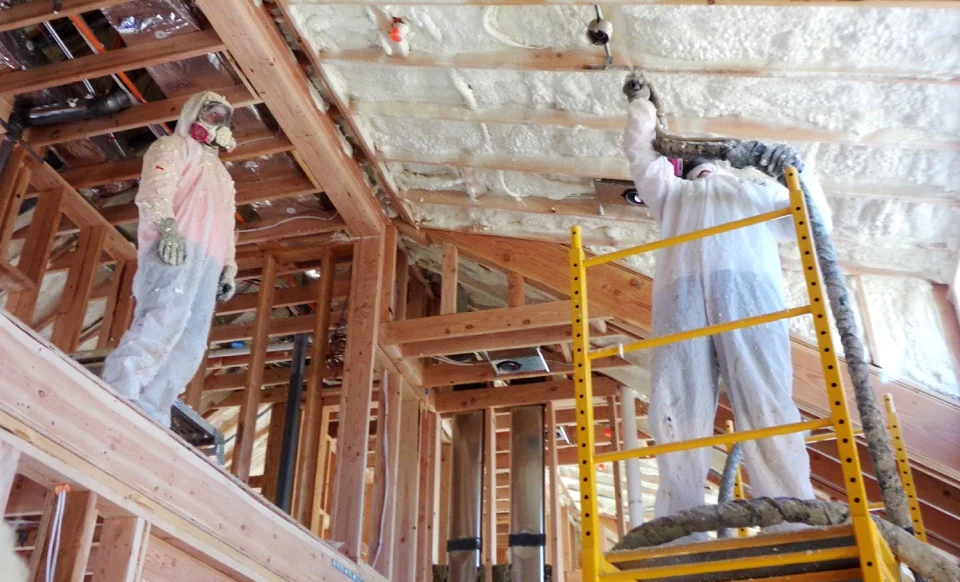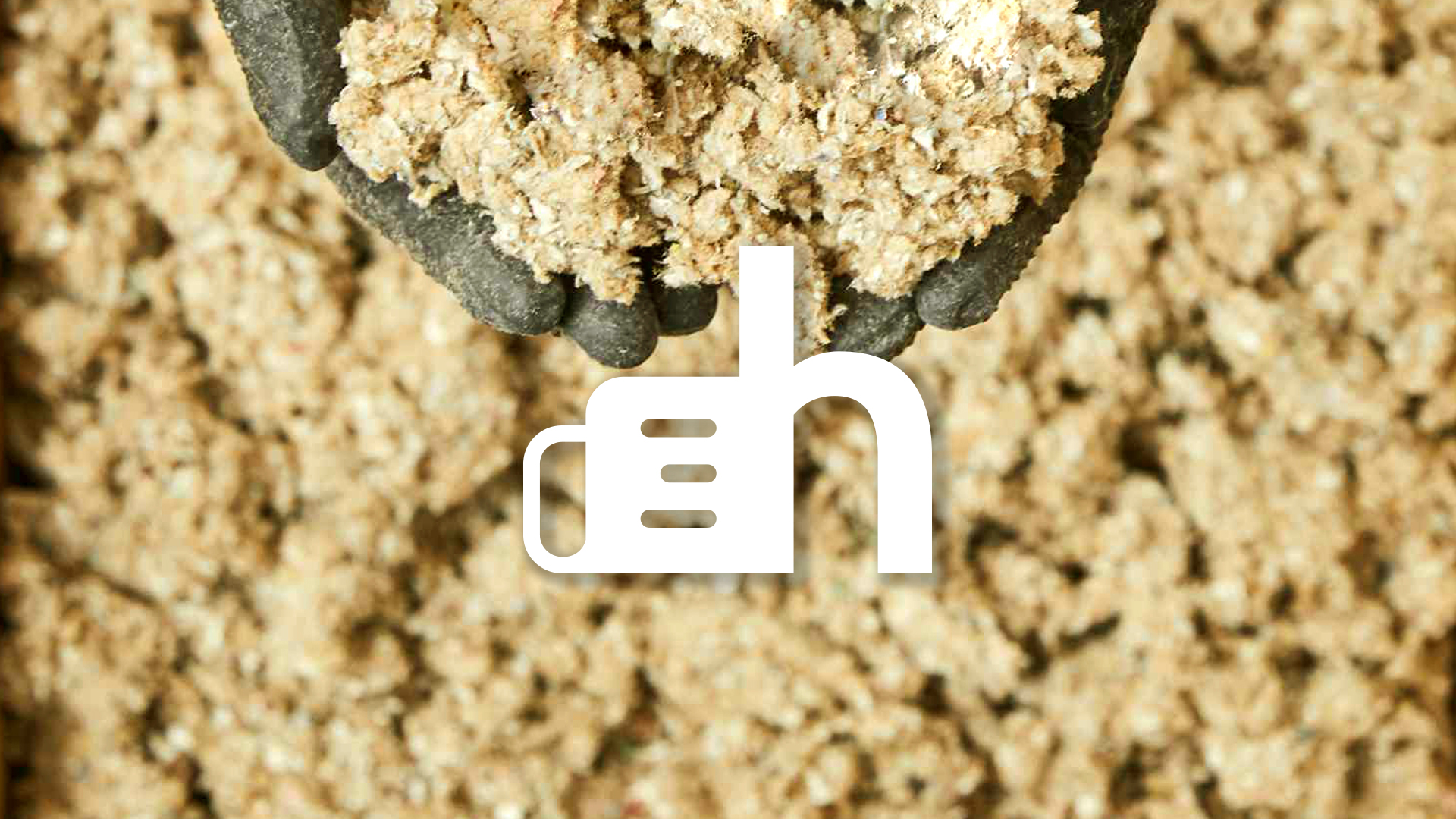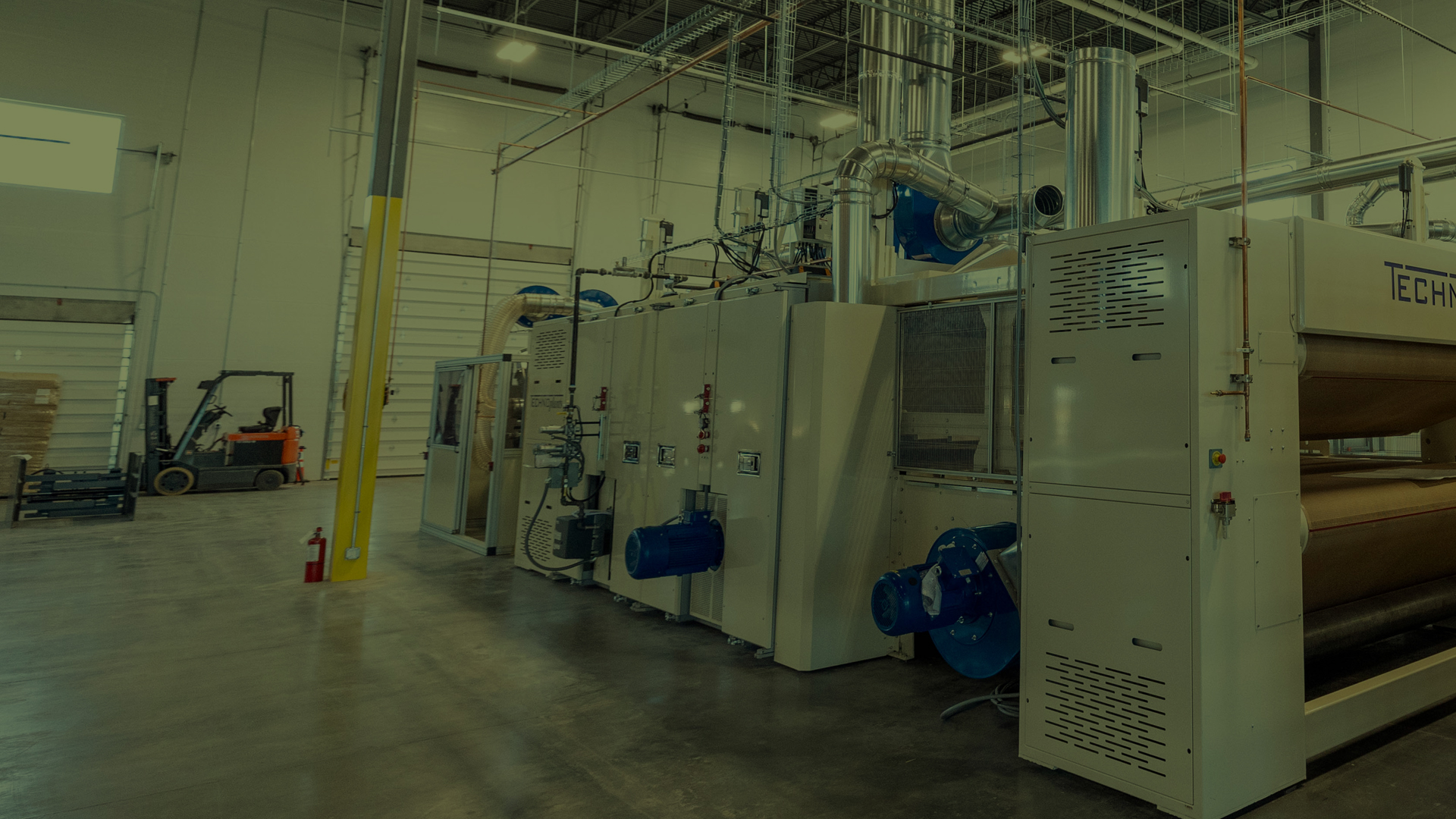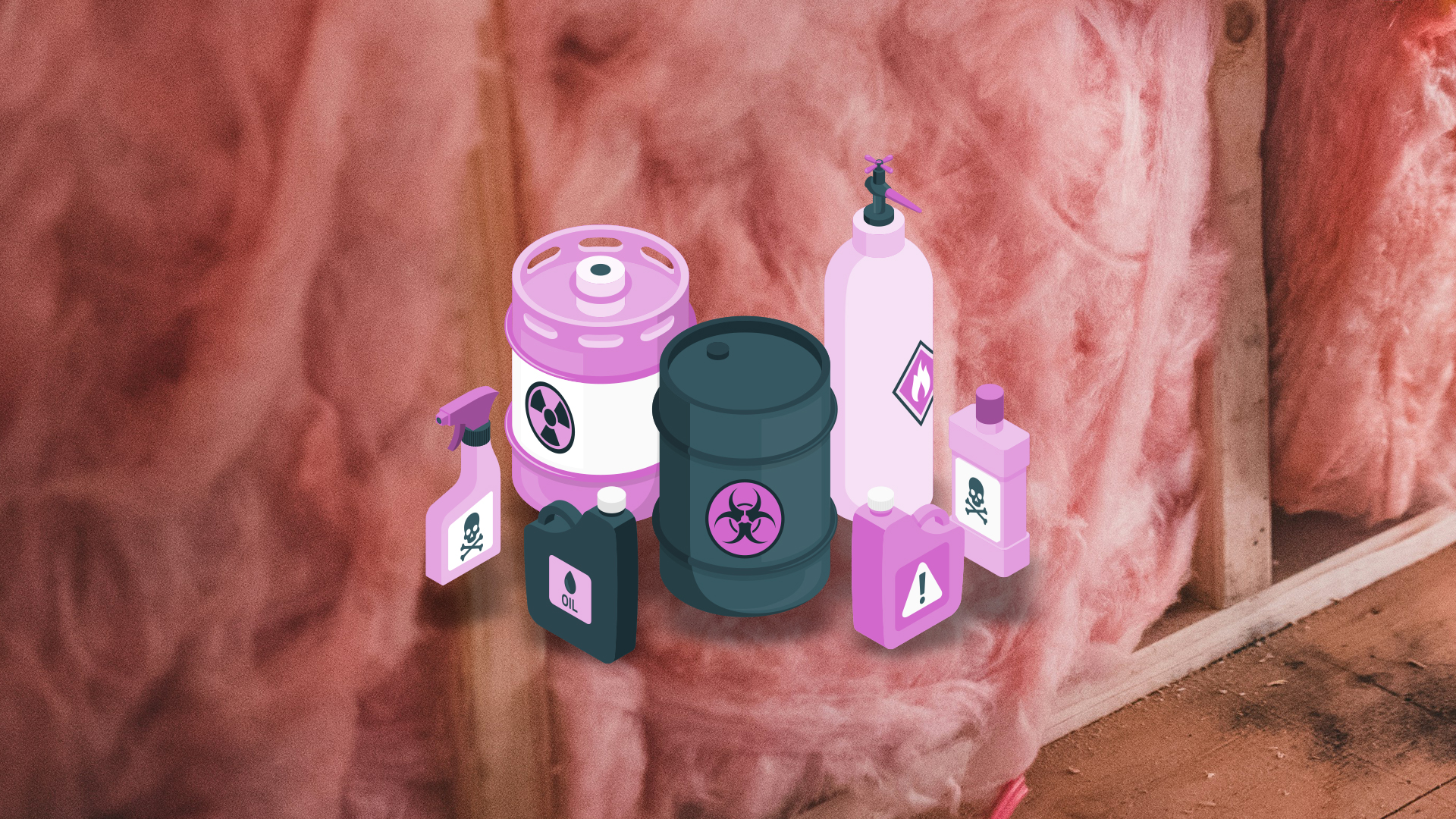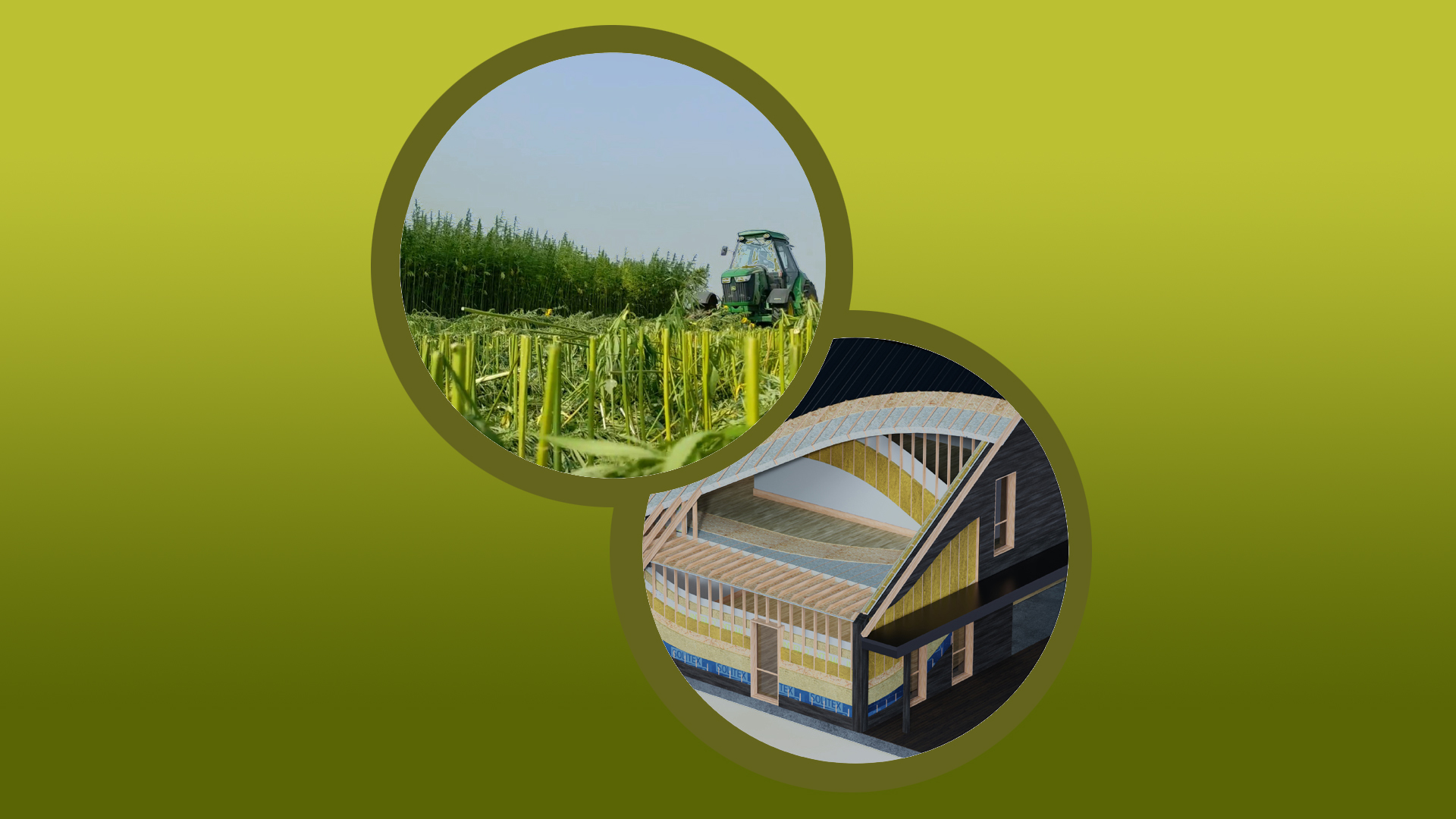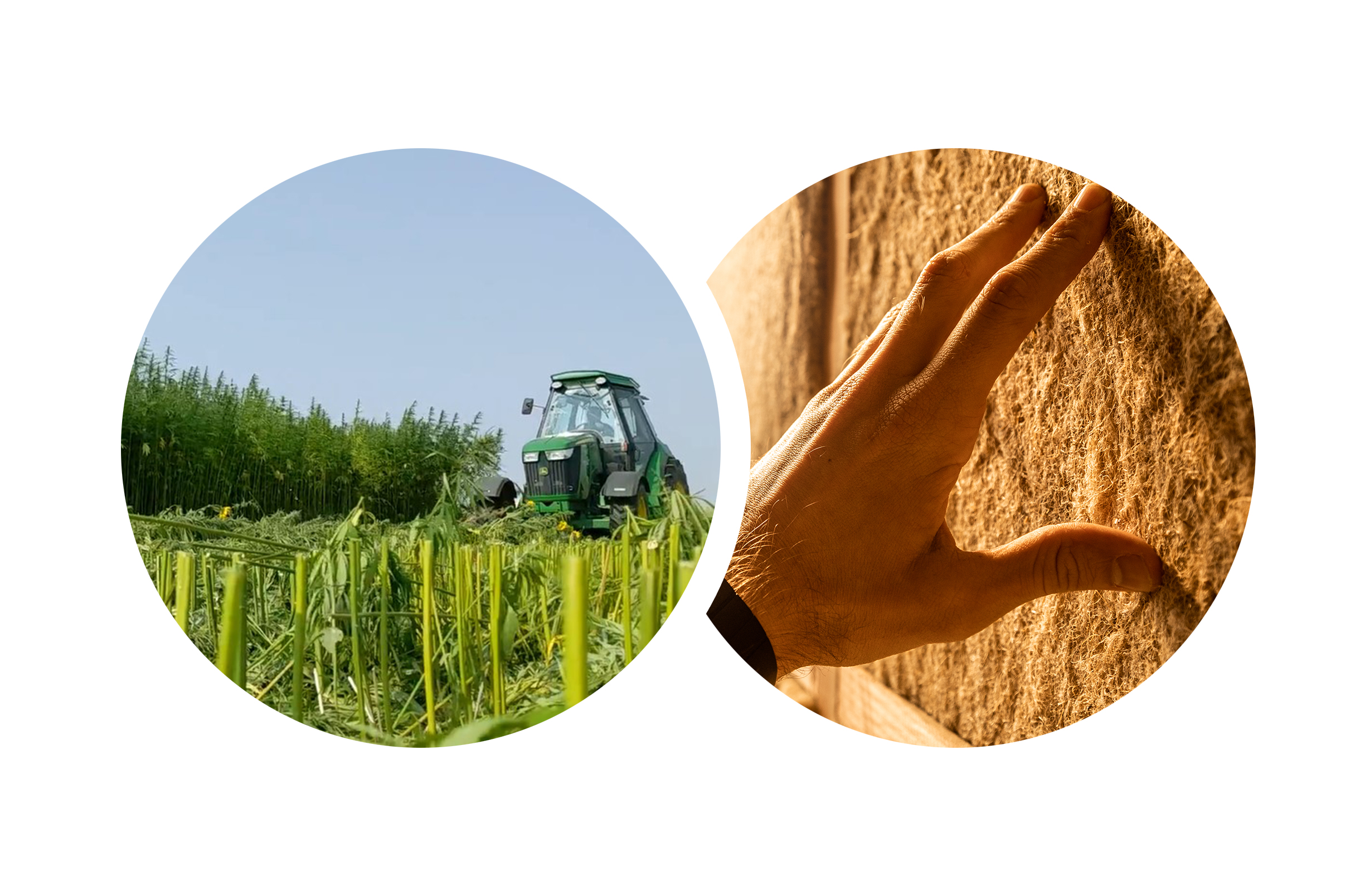As the world pivots toward more sustainable practices, the construction industry is embracing eco-friendly materials that offer better performance while significantly reducing environmental impact. Among these materials, hemp fiber insulation and wood fiber insulation have emerged as front-runners. Both materials are derived from renewable resources and have impressive environmental credentials. However, when considering sustainability in its broadest sense—encompassing carbon sequestration, resource efficiency, durability, and economic benefits—hemp fiber insulation stands out as the superior choice. Let’s dig in.
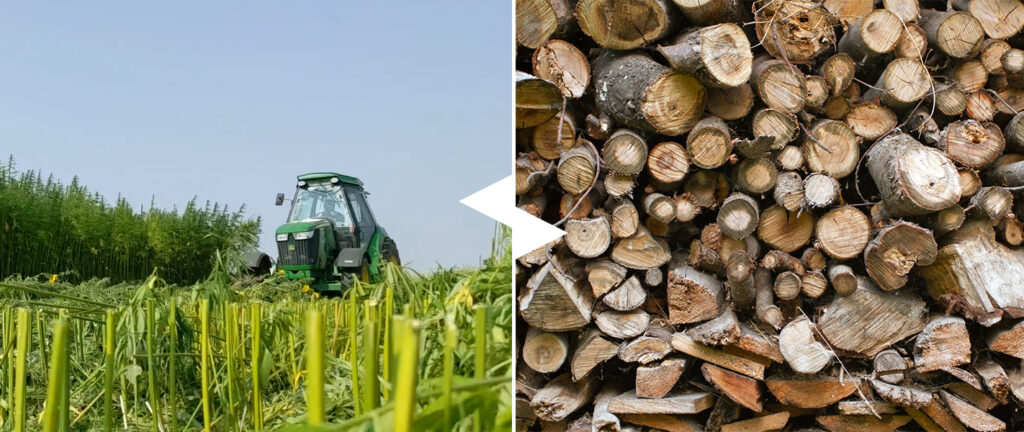
The Basics: What Are Hemp Fiber and Wood Fiber Insulation?
Hemp Fiber Insulation is made from the fibers of the industrial hemp plant. This versatile crop has been used around the world for thousands of years in textiles, paper, and now with Hempitecture, in sustainable building materials. The stalks of the hemp plant are processed to extract long, strong fibers, which are then formed into insulation batts, boards, (and eventually) loose-fill products. Hemp fiber insulation is renowned for its excellent thermal performance, breathability, and resistance to mold and pests.
Wood Fiber Insulation, on the other hand, is produced from the by-products of wood processing, such as sawdust and wood chips. These materials are bound together with natural or synthetic binders to create insulation boards or batts. Wood fiber insulation is praised for its thermal mass, acoustic insulation properties, and ability to store heat, which can help regulate indoor temperatures.
While both materials are eco-friendly alternatives to traditional and toxic insulation products like fiberglass and foam, hemp fiber insulation offers several distinct advantages when sustainability is examined from a holistic perspective.
Carbon Sequestration and Environmental Impact

One of the most critical aspects of sustainability is the ability of a material to sequester carbon, thereby reducing the overall carbon footprint of a building. Hemp fiber insulation excels in this area for several reasons.
Hemp is a fast-growing plant that can reach maturity in just three to four months. During this time, it absorbs significant amounts of CO2 (up to 6,500 lbs of biogenic carbon per acre) making it one of the most efficient crops for carbon sequestration. In comparison, trees used for wood fiber insulation take decades to reach maturity, during which they sequester carbon at a slower rate. Moreover, the carbon sequestered in hemp fiber insulation remains locked away for the lifespan of the building, contributing to long-term carbon storage. (Our fancy term for this is the ‘Climate Smart Enclosure’.)
Low Impact Cultivation
Hemp is naturally resistant to pests, meaning it requires little to no pesticides. It also grows densely, outcompeting weeds and reducing the need for herbicides. Hemp can be grown in a variety of soils and climates, often with minimal irrigation, making it a highly sustainable crop. Water usage for a farm can be tricky economics, so beyond the conservation aspect, this is like drawing the ‘Bank Error in Your Favor’ card in Monopoly.
Wood production, especially in non-sustainable forestry operations, can contribute to deforestation, soil degradation, and loss of biodiversity. The long growth cycle of trees also means that wood fiber insulation production can have a higher environmental impact compared to hemp.
Biodegradability and End-of-Life Considerations
Both hemp and wood fiber insulation are mostly biodegradable, which is a significant advantage over synthetic insulation materials that contribute to landfill waste. However, hemp fiber has an edge when it comes to the end-of-life phase. Hemp fiber insulation products often contain fewer additives and synthetic binders compared to wood fiber insulation, making them easier to recycle or compost. This reduced reliance on synthetic materials further enhances hemp’s sustainability profile. Check out our Life Cycle Assessment report for a deeper dive.
Resource Efficiency and Economic Benefits

Hemp’s rapid growth cycle and high yield make it an incredibly resource-efficient crop. In addition to providing fibers for insulation, the entire hemp plant can be utilized, from seeds for oil and food products to hurd for building materials like Hempcrete. This versatility reduces waste and maximizes the economic return for farmers, making hemp a valuable crop for sustainable agriculture. In contrast, wood fiber insulation relies on by-products of the timber industry, which, while efficient, still depends on the availability of timber resources that are subject to long growth cycles and environmental variability.
Hemp cultivation can be integrated into existing agricultural systems, providing farmers with an additional revenue stream and promoting crop rotation, which can improve soil health. The burgeoning hemp industry offers significant economic opportunities for local farmers and processors, fostering rural development and creating jobs. Wood fiber insulation, while also capable of supporting local economies, is often tied to established forestry industries, which may not offer the same level of economic dynamism or potential for new market creation.
Performance, Durability and Longevity of Hemp Fiber Insulation
When it comes to thermal performance, hemp fiber has several advantages that contribute to a healthier and more sustainable living environment.
Hemp fiber insulation typically has a thermal conductivity value (R-value) around 3.5 to 3.7 per inch, which is comparable to other natural insulations like sheep’s wool and wood fiber. R-value is just one part of the broader picture when it comes to thermal performance. Research from Oak Ridge National Laboratory compared fiberglass insulation with HempWool in a Heat Air Moisture (HAM) chamber. Despite the fiberglass having a higher R-value per inch, HempWool® outperformed it. This superior performance is attributed to HempWool’s thermal inertia, phase shift resistance, and its superior moisture management capabilities. While both hemp and wood fiber insulation have their strengths, ongoing research continues to quantify the comprehensive performance of hemp insulation. Additionally, it has superior acoustic properties due to its dense, fibrous structure. This makes hemp insulation particularly beneficial in urban settings or buildings where noise reduction is a priority.
Hemp fiber insulation is highly durable and has structural stability (fancy way of saying that it’s resistant to settling over time), ensuring that it maintains its thermal and acoustic properties throughout the life of the building. The natural strength of hemp fibers contributes to the material’s resilience, making it less likely to degrade or lose effectiveness. Wood fiber insulation, while also durable, may be more prone to settling, especially if exposed to moisture, which can compromise its insulating properties over time.
Availability and Cost
Currently, hemp fiber insulation is less common and may be more expensive due to limited production and processing infrastructure, particularly in the United States. Only as of the Farm Bill of 2018 has it become legal to farm and cultivate hemp for industrial purposes. So we’re still at the forefront of adoption but as the industry grows and more processing facilities come online, the cost will decrease.
Wood fiber insulation is more widely available, especially in Europe, where it has been used for decades. Its broader availability often translates to lower costs and easier access for large-scale projects.
Why Hemp Fiber Insulation is the Superior Choice

While both hemp and wood fiber insulation are commendable choices for sustainable building, hemp fiber insulation is clearly preferable for projects with a strong focus on sustainability and decarbonization. Its rapid growth, high carbon sequestration capacity, low environmental impact, and versatility make it a standout material in the push for greener construction practices. Additionally, it supports local economies and offers superior performance in terms of breathability, moisture regulation, and acoustic insulation.
As the construction industry continues to evolve towards more sustainable practices, hemp fiber insulation represents a forward-thinking choice that not only meets the environmental challenges of today but also lays the groundwork for a more sustainable future. By choosing hemp fiber insulation, builders, architects, and homeowners can contribute to a healthier planet while enjoying the benefits of a high-performance, durable, and eco-friendly insulation material.
